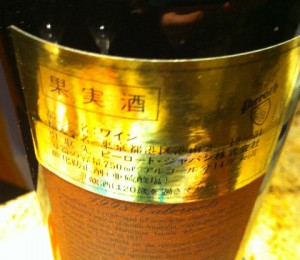Chardonnay, let alone Hunter Chardonnay, is hardly at the vanguard of vinous fashion, so one could be forgiven for greeting this Scarborough wine a shrug. It pays to remember, though, the Hunter has a special place in the history of Australian Chardonnay, and continues to be the home of two of Australia’s more sought after peaches: the Lake’s Folly white and Tyrrell’s Vat 47. Scarborough is something of a Chardonnay specialist, having earned an enviable reputation for this varietal, so I approached this wine with high expectations.
The nose is fresh and clean, showing aromas of butter, peach, a little bit of minerality, perhaps a herbal twang and some smokey toast. Complex, then, but its buttery balance speaks more of enjoyment than analysis. I like that the oak is subdued, the wine appearing to rely more on fruit character and other forms of winemaking input (some lees work, I suspect) to achieve its aroma profile.
The palate takes a step up in expressiveness, being quite rich and full-flavoured. Entry is strikingly flavoursome, a nice spectrum of peach, citrus and butter notes caressing the tongue and paving the way for a middle palate that is quite flooded with fruit. The flavours are very clean at this point, showing good definition and shape, supported by easygoing acidity. I feel this wine’s textural dimension, though, isn’t quite balanced, being too reticent and consequently somewhat overwhelmed by the fullness of the fruit flavour. I’d like to feel a bit more mealiness on my tongue on the mid-palate, which would add more sophistication to the palate structure. The after palate does offer a bit more in this regard, and this helps carry the wine through a finish that seemed a bit hot to me.
Lovely fruit here, made in a gloriously unfashionable style that I admit to enjoying more often than not. It’s not over the top, simply generous and warm. Very well priced.
Scarborough
Price: $A21
Closure: Stelvin
Source: Sample
